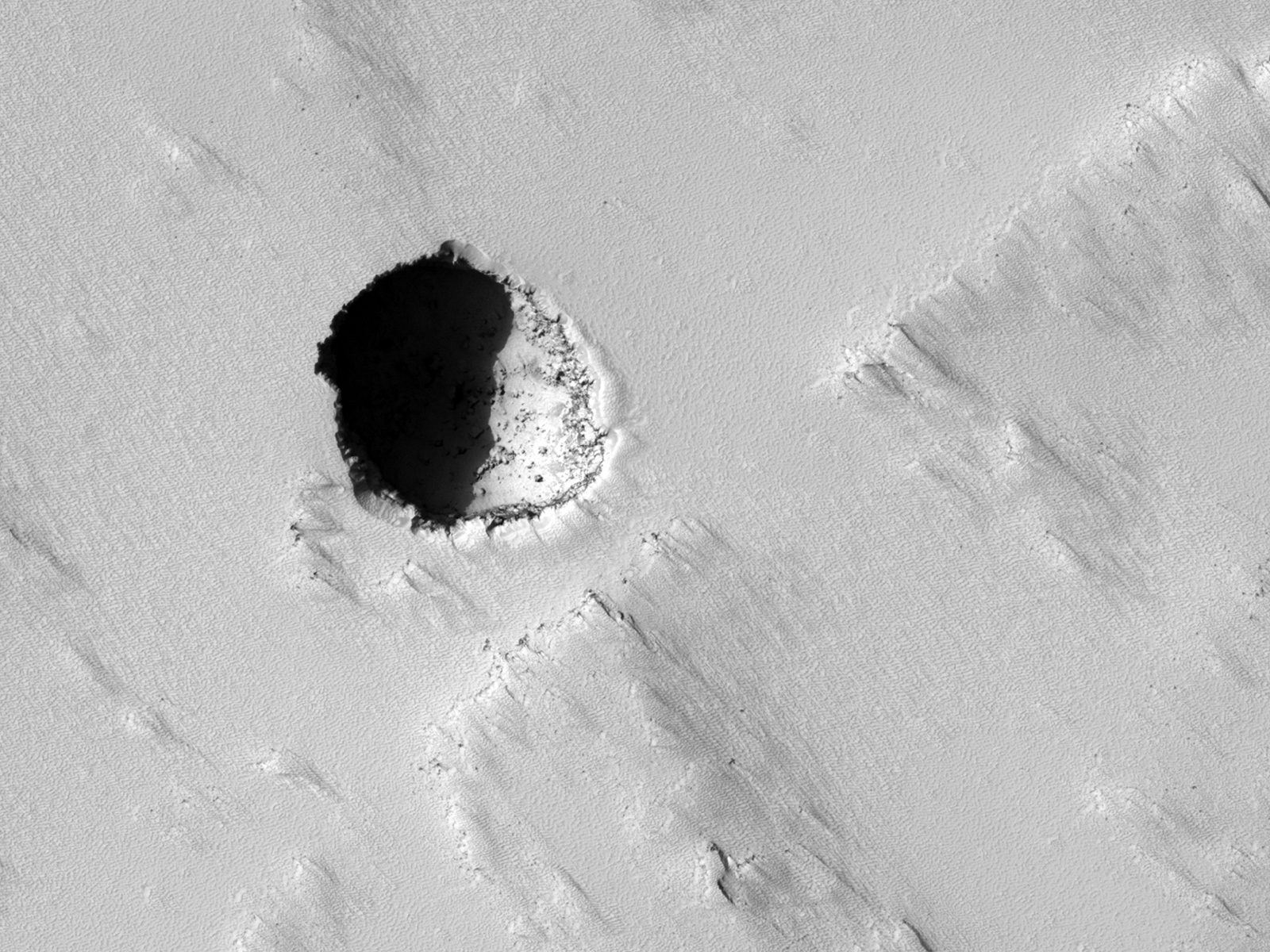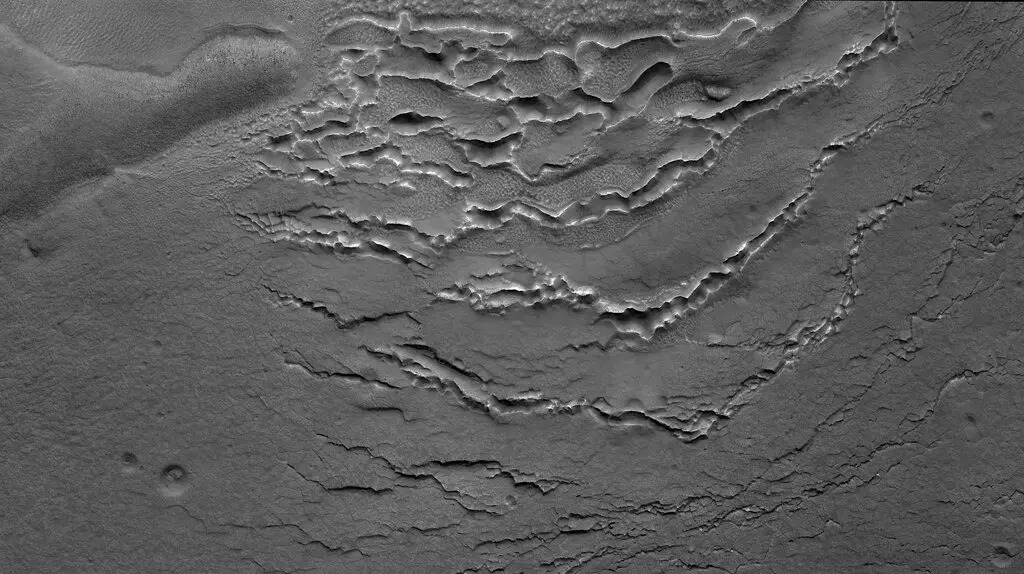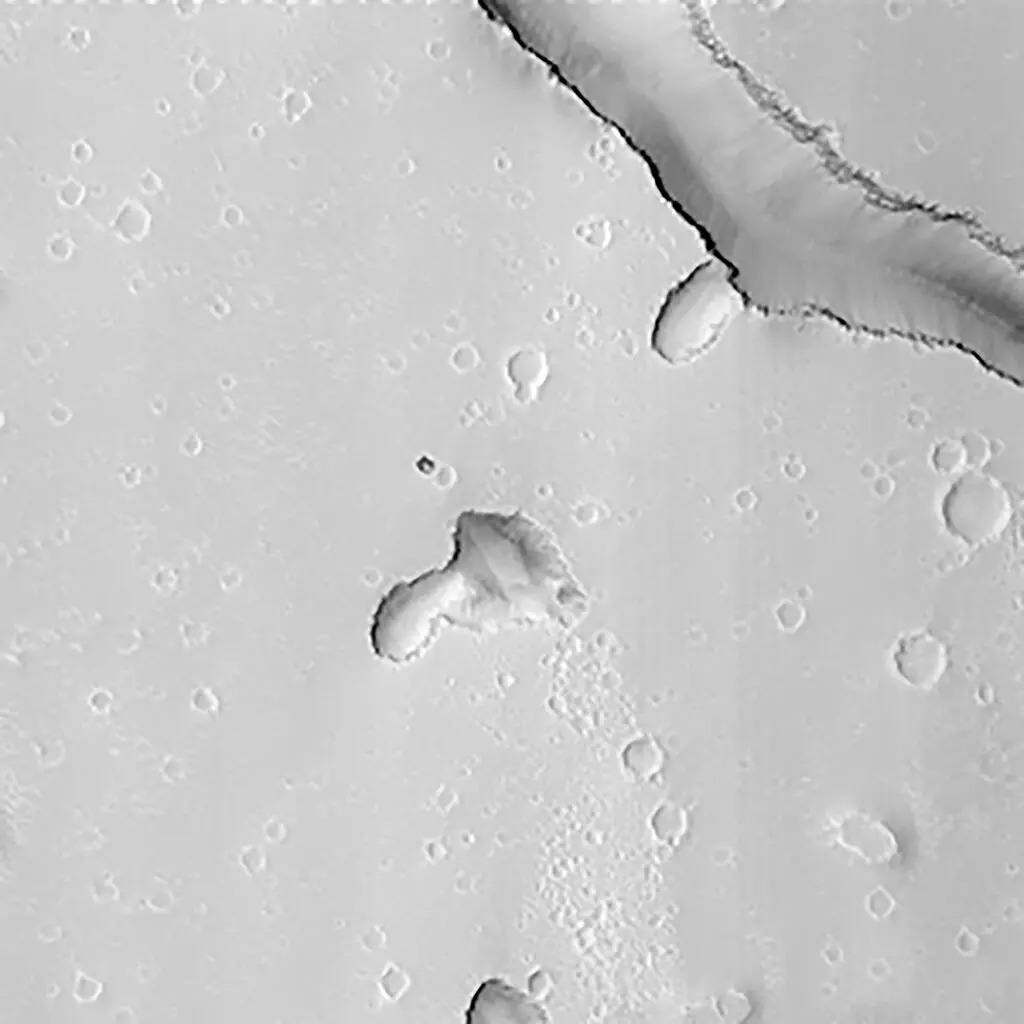In early November, a team of researchers from the Geological Society of America (GSA) held a presentation where they identified nine caves that, in their opinion, are the best places for the first colonists to live on Mars. These grottoes are large enough that they can provide future researchers with the necessary opportunities for a comfortable life and create protection from the harsh environment of the planet’s surface. This is reported by The New York Times.

Mars is a rather inhospitable place for humans: the temperature on the planet can drop below -100° C, the atmosphere is incredibly thin and there is no ozone layer that passes harmful solar radiation. And this is not to mention the real risk of getting hit by a massive meteorite that does not burn up in the atmosphere and very often reaches the surface. Therefore, it will be safer not to build fragile colonies on the surface, but to hide in safer and stronger caves.

The researchers studied 1,000 caves identified by NASA’s Mars Odyssey and Mars Reconnaissance Orbiter, and selected nine potentially habitable by future astronauts. These caves are located 100 km from the future landing sites and at an altitude of no more than 1 km.
“The thin atmosphere of Mars is not enough to provide sufficient air braking. Therefore, the descent vehicle must cover a greater distance before landing. It will be “seven minutes of horror” for astronauts,” explained Nicole Bardabelias, a geologist at the University of Arizona.

The largest of the nine leading candidates has an expanse the size of a football field – a tempting prospect for future space travelers. Unfortunately, existing rovers will not be able to test candidates for potential colonists’ residence. But geologists hope that upcoming missions will be able to show one of the proposed caves up close.
Earlier we reported that the astronaut considers the idea of building a colony on Mars terrifying.
Follow us on Twitter to get the most interesting space news in time
https://twitter.com/ust_magazine
